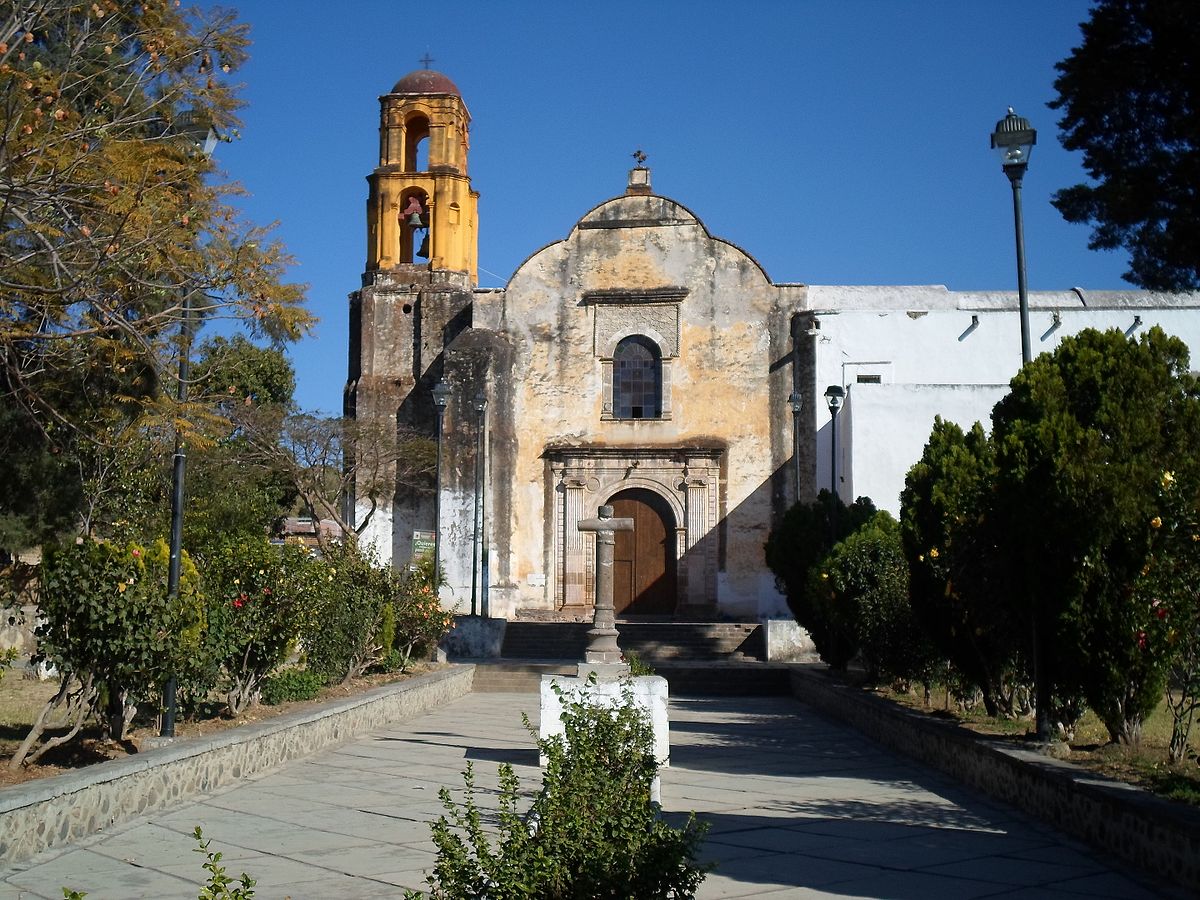Convent of Santiago Apóstol: An Augustinian Treasure and Colonial Legacy in Morelos.
Founded in 1534, it is the first Augustinian convent in America and an architectural treasure full of history, art, and symbolism.

The Convent of Santiago Apóstol, founded by the Augustinian order in 1534, is one of the most emblematic constructions of the colonial period in Mexico and the first Augustinian convent in America. This architectural complex was a key religious and educational center during the colonial era, profoundly shaping the cultural life of the region.
Despite its tumultuous history—including changes of use, secularization, and structural transformations—the convent preserves unique elements such as its Renaissance-style façade, with semicircular arches and stone-carved details, as well as a choir window framed by a carved alfiz shaped like a cord, a symbol of 16th-century art.
One of its greatest attractions is the central fountain in the cloister, adorned with six stone-carved lions, a true testament to the skill of local artisans. In the main plaza, the Fountain of the Mermaids also stands out, decorated with mythological figures that can still be admired today.
The convent’s atrium, featuring uneven levels and stairways, leads to a side chapel and an entrance guarded by anthropomorphic stone figures. Every corner of the convent offers a unique experience for those seeking to admire the living history of the state of Morelos through its architectural heritage.